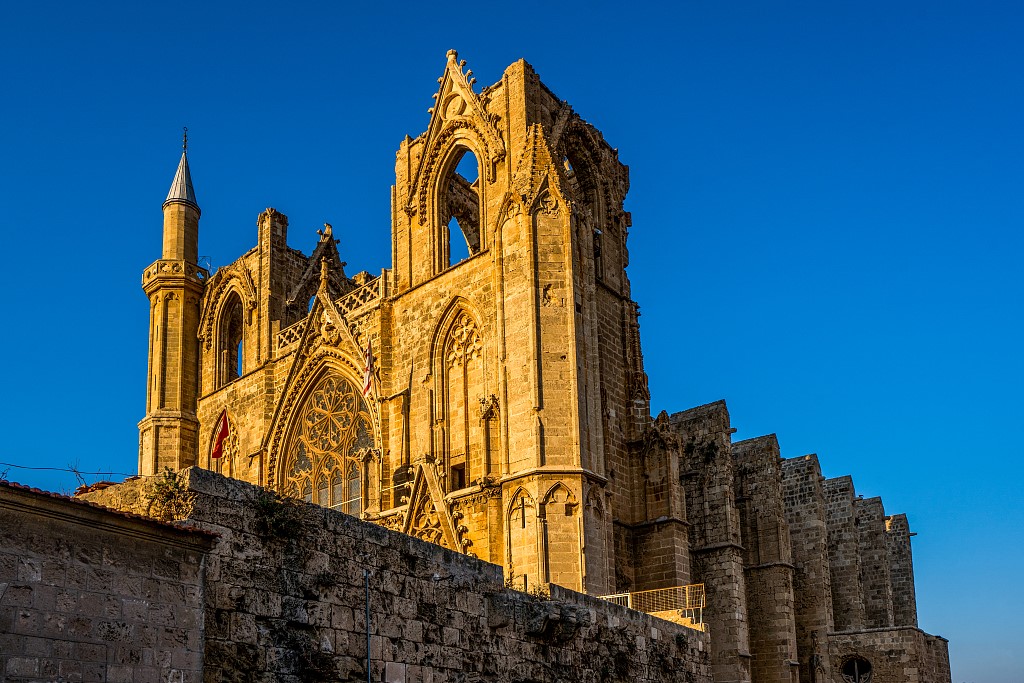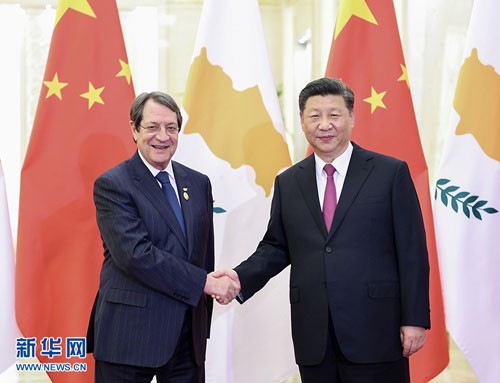
Photos: VCG
Area: 9,251 square kilometers, of which the northern Turkish area covers 3,355 square kilometers.
Population: Of the 949,000 (2017), Greeks accounted for 72.8%, 9.6% Turkish and 17.6% foreign. The Greeks are Orthodox Christians and the Turks are Muslims.
Capital: Nicosia, population 333,800 (2017). The annual highest temperature is 31℃ - 37℃, and the lowest temperature is 5℃ - 15℃.
Official language: The main languages are Greek and Turkish, and English is widely spoken.
Geography: Cyprus is located in the northeastern part of the Mediterranean Sea, and is the third largest island in the Mediterranean. The coastline is 782 kilometers long.
Independence Day: October 1
Economy
GDP (2017): 20.73 billion Euro
GDP Per capita (2017): 2.38 million Euro
Growth rate (2017): 3.9%
Currency: Euro
In the 1960s, the pillar of the national economy was agriculture. Since the split in the mid-1970s, the economic structure has undergone major changes. From the 1970s to the mid-1980s, economic development relied mainly on manufacturing. After that, service industries such as shipping, tourism, and finance replaced the manufacturing industry and became the main force driving economic growth.
Agricultural trade still plays a pivotal role in foreign trade. Three of the five most exported products are agricultural products: lemon, potatoes and cheese.
Finance, insurance, services and tourism are more developed. Focus on the development of the holiday tourism industry. In recent years, tourism has become a major source of national foreign exchange earnings and a pillar industry for economic growth.
Politics
Head of state: President Nicos Anastasiades

Anastasiades took office on February 28, 2018 for a five-year term. Cyprus uses the presidential cabinet system. The president is the head of state and the head of government.
The main political parties are Democratic Rally, the largest party in parliament; The Working People’s Progressive Party, the second largest party and the opposition party; Democratic Party, The third largest party; Social Democratic Movement, and Solidarity Movement.
Cyprus uses a one-chamber system and parliament is elected every five years. Upon independence, the parliament had 50 seats, including 35 Greeks and 15 Turkish. After the conflict between the two ethnic groups broke out in 1964, Turkish parliamentarians withdrew from parliament. When a constitutional amendment was passed in 1985, the number of seats increased to 80, including 56 Greeks and 24 Turkish.
China - Cyprus relations

Photo: Xinhua
On April 25, 2019, Chinese President Xi Jinping met with Anastasiades at the Great Hall of the People.
On December 14, 1971, the two countries established diplomatic relations at the ambassador level.
In 2015, Anastasiades attended the Asian Political Party Silk Road Conference and the 2nd “Belt and Road” International Cooperation Summit in 2019.
China and Cyprus signed the China-Cyprus trade agreement in February 1981. In 1984, an intergovernmental agreement on economic and scientific technology was signed. The two sides established a joint committee on economic and scientific cooperation. So far, seven meetings have been held.
In 1990, the two countries signed an agreement on the avoidance of double taxation and maritime transport. In 2001, the two countries signed an agreement on mutual investment protection.
In May 2017, the two countries signed the Agreement on Mutual Recognition of Higher Education Degrees and Academic Degrees. In June 2018, China and Cyprus signed an extradition treaty. In April 2019, the two countries signed a memorandum of understanding on the “One Belt, One Road” between the two governments.


